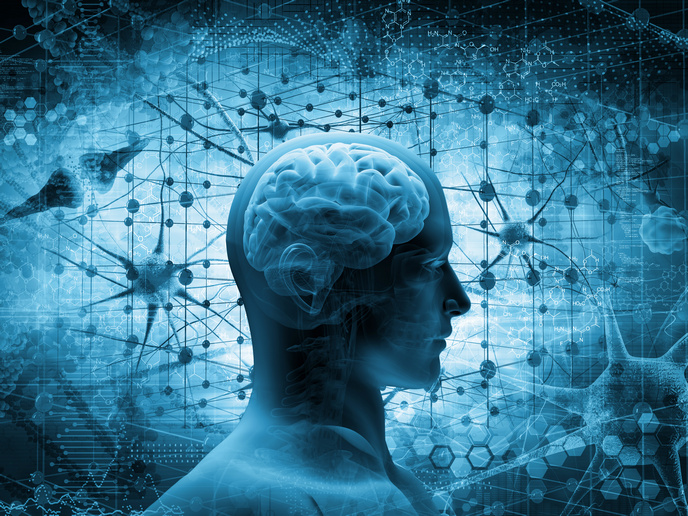Research reveals clues to how our brains interpret advanced mathematical concepts
Our ability to understand abstract mathematical concepts is a unique trait not found in other species. Even without formal education or specific language, humans have inherent intuitions about arithmetic and geometry, linked to the activity in a specific part of the brain – the intraparietal sulcus(opens in new window). Yet, how our brains interpret advanced mathematical concepts remains largely unknown. Prior research suggests that understanding complex mathematical concepts does not rely on language circuits in the brain but instead utilises older systems related to numerosity and space processing. This discovery raises several questions. How language affects mathematical education at school? How quickly are new mathematical concepts assimilated into the brain’s maths-responsive network? To what extent does children’s neural activity during learning compare to that of adults?
From laboratory studies to experimental research
To address these questions, the EU-funded NeuroMath(opens in new window) project merged neuroimaging with developmental and educational techniques. The research was funded by the Marie Skłodowska-Curie Actions programme. The innovative functional magnetic resonance imaging fMRI(opens in new window) paradigm involved participants watching a short video lesson on a new mathematical concept and completing tasks to assess their understanding before and after the video, during an fMRI session. In the adult study, 21 first-year university students watched videos on four different subjects: measure theory, stochastic processes, plant biology and property law. Their task was to determine whether spoken mathematical and non-mathematical statements were true or false. “Results showed that while known mathematical concepts activated a distinct math-responsive brain network, new concepts were not automatically integrated into that network,” notes project coordinator Marie Amalric. This means that brains do not immediately classify and process new mathematical information in the same way as familiar concepts. However, the novel fMRI paradigm proved effective in evaluating the efficacy of mathematical pedagogic materials. These findings were published here(opens in new window). For children, the study focused on teaching the multiplicative commutativity principle. Initially, researchers assessed the precursory knowledge of 5-year old children through a game involving apple distribution. The results indicated that symmetry inherent in commutativity helped preschoolers perceive the concept.
Teaching methods need to assess prior understanding and mastery of symbols
The project team then tested elementary school children’s knowledge of multiplicative commutativity using a number comparison game. A follow-up game-based assessment revealed that the effectiveness of the teaching method was affected by the children’s prior understanding and ability to use symbols in mathematical concepts. Children with lower symbolic mastery showed improvement in symbolic trials, while those with higher mastery improved in non-symbolic trials. “This suggests that the multiplicative commutativity principle may not be intuitively understood prior to formal teaching,” underscores Amalric. Project results are published here(opens in new window). To assess the impact of the training material on neural activity, 20 2nd-year children completed a similar number comparison game before and after a teaching intervention conducted during an fMRI exam. They also scanned 20 adults to correlate functional maturity with performance. The analysis of the fMRI data is ongoing. “We offered a new perspective on the development of abstract mathematical concepts through formal education. Our diagnostic approach advances understanding of how our brain perceives, learns and understands large quantities that present grouping features, at both behavioural and neural levels. We have also obtained thought-provoking results on the precedence of symbolic learning in multiplicative commutativity,” concludes Amalric.







